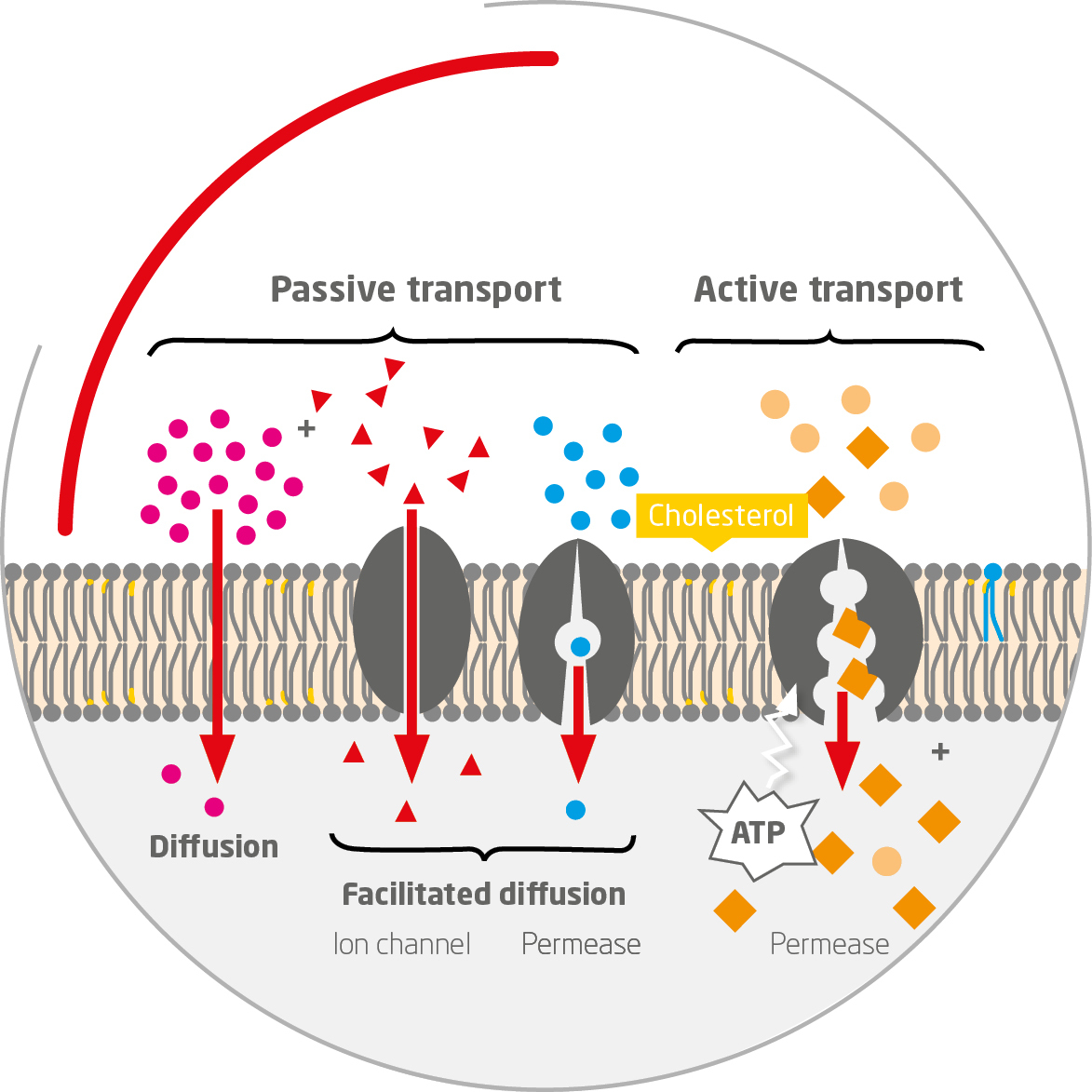
03.04.2019
As you can observe in this drawing, the plasma membrane is a network of lipids and proteins and is composed of:

Membrane fluidity refers to the viscosity of the lipid bilayer. When the temperature decreases, interactions between phospholipids appear and the membrane becomes more rigid and can be described as a “glass state”. Some components, such as the cholesterol rate, could help the membrane to better stand the temperature drop.
Contrary to other mammalian spermatozoa, swine spermatozoa are characterized by a high content of polyunsaturated fatty acids and a low concentration of cholesterol. Due to this particular composition, the cold shock point is quite high, thus making boar spermatozoa more sensitive to temperature drops.
During semen processing, the temperature goes down from 37°C just after collection to 17°C for the storage.
Bailey et al., 2008; Martín Hidalgo et al., 2011; López Rodriguez et al., 2012; Schulze et al., 2013
